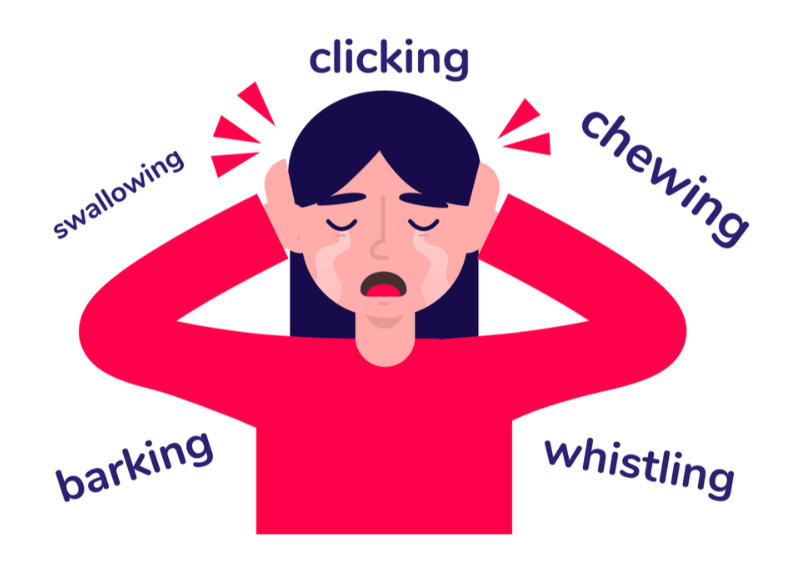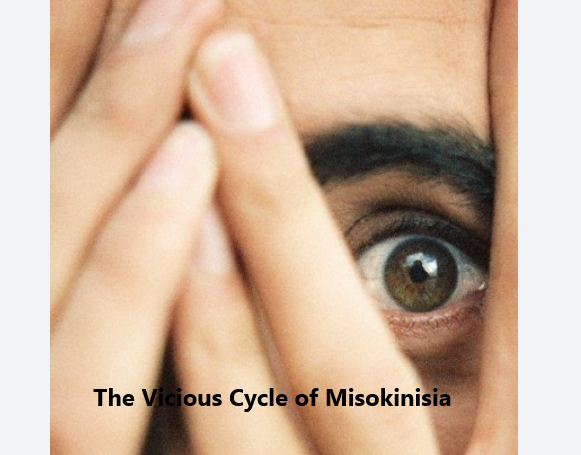Understanding the Unique Challenges of Treating Comorbid OCD and ASD (Autism Spectrum Disorder) with ERP
How OCD Presents Differently in Individuals with ASD
In typical OCD, compulsions are primarily performed to neutralize distressing thoughts and relieve uncertainty. However, in individuals with both OCD and ASD, compulsions often stem from a need to restore a black-and-white, rule-based and often inflexible understanding of the world.
Rather than seeking to alleviate anxiety, they are striving to maintain a rigid sense of order and correctness.
Patients with OCD/ASD do not experience fear in the same way as those with traditional OCD. Instead, their discomfort stems from rigid, literal thinking. A patient with comorbid ASD and OCD may not engage in compulsions due to fear that something bad will happen or to relieve uncertainty. Rather, they feel compelled to follow strict, inflexible beliefs about how they 'must' act or think. While their behaviors may resemble OCD, the underlying motivation is different.
The distress driving their compulsions is more akin to the discomfort experienced by someone with ASD when their structured routines or worldview are disrupted, rather than the uncertainty and anxiety that typically characterize OCD.
The Role of Inflexibility and Rule-based thinking in Comorbid OCD and ASD
The DSM-5 criteria for ASD include: "Insistence on sameness, inflexible adherence to routines, or ritualized patterns of verbal or nonverbal behavior (e.g., extreme distress at small changes, difficulties with transitions, rigid thinking patterns, greeting rituals, need to take the same route or eat the same food every day)."
For individuals with both OCD and ASD, compulsions often serve to reinforce this rigid structure rather than to alleviate uncertainty.
In short, triggers make them uncomfortable, but they aren't scared…
This means that traditional Exposure and Response Prevention (ERP) therapy—the gold standard treatment for OCD—may not be as effective if it focuses solely on habituation and learning to live with uncertainty and doubt.
Adjusting ERP for Comorbid OCD and ASD
Traditional ERP is designed to help individuals tolerate the discomfort of uncertainty, doubt and anxiety. However, when treating comorbid OCD and ASD, ERP must be adapted. If compulsions are driven by rigid thinking rather than anxiety, treatment can be more effective if there is an additional focus on developing flexibility and helping individuals adopt a more nuanced and adaptable worldview.
In this context, treatment should go beyond mere exposure to doubt, distressing thoughts or situations. Instead, it should include modifying the rigid rules the individual has created.
A significant part of therapy involves teaching individuals to see more "gray" in their world and to tolerate the discomfort they experience when things don’t align with their rigid, black-and-white framework.
The goal of exposure is not simply to help them live with anxiety and doubt, but to help them navigate the discomfort of being flexible—learning to act and view the world in a more adaptable, nuanced way.
Example: The Role of Rabbinic/Clergy Involvement
This is particularly important when treating scrupulosity/religious OCD.
Typically, when treating scrupulosity, clinicians often minimize Rabbinic involvement to avoid reinforcing reassurance-seeking behaviors. However, in cases where OCD is entangled with ASD-driven rigidity, Rabbinic input can be beneficial.
Since the individual’s compulsions may stem from an inflexible, rule-based worldview, a trusted authority (Rav) can play a crucial role in helping to rewrite the 'rules' in a way that aligns with reality and religious law (Halacha).
This external validation helps the patient recalibrate their rigid beliefs, allowing them to function more adaptively. Once these new guidelines are established, ERP can then help them tolerate the discomfort of following rules that may feel counterintuitive to their rigid thinking.
Conclusion
Treating comorbid OCD and ASD requires a nuanced approach that goes beyond traditional ERP. I find that ERP can be enhanced when adapted to address the rigid thinking patterns associated with ASD. By focusing on the discomfort of flexibility, clinicians can help individuals reshape their worldview in a way that reduces distress and promotes functional living.
Written by Eliyahu Serkez
The Anxiety & OCD Therapy Practice
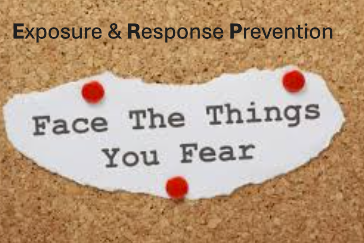
What is OCD? Obsessive-compulsive disorder (OCD) is a mental health condition that affects millions of people worldwide. It involves two key components: 1. Obsessions – Intrusive, repetitive and unwanted thoughts, images, or urges that cause significant distress. 2. Compulsions – Repetitive behaviors or mental acts performed to reduce the distress caused by obsessions or to prevent a feared event. For example, someone with OCD may fear that they will get sick from germs (obsession) and compulsively wash their hands for hours each day (compulsion) to relieve their anxiety. While compulsions may provide short-term relief, they ultimately make OCD worse, strengthening the cycle over time. How the Vicious Cycle of OCD Begins and Continues The Natural Response to Pain To understand why OCD is so persistent, it helps to compare it to physical pain. Imagine touching a hot stove—your instinctive reaction is to pull your hand away. This response is automatic and protective, helping you avoid harm. Similarly, when people with OCD experience distressing thoughts, they instinctively try to "pull away" from them by performing compulsions. However, unlike touching a hot stove, where avoiding the heat prevents injury, avoiding distressing thoughts through compulsions only strengthens the cycle. The thoughts always come back… The Brain’s Role in Reinforcing OCD OCD tricks the brain into thinking that avoidance is necessary for safety. Two key mechanisms drive this process: 1. Avoidance reinforces the perception of danger – When we repeatedly avoid something, our brain starts to categorize it as dangerous. We don’t avoid things unless they pose a real threat, right? The brain applies the same logic to OCD thoughts, reinforcing the false belief that they are dangerous and must be avoided. 2. Increased sensitivity to triggers – Once the brain labels something as dangerous, it becomes hyper-aware of it. The more an individual avoids or reacts to an obsession, the stronger and more distressing it becomes over time.

Is misophonia a type of OCD, and can ERP (Exposure and Response Prevention) help? While misophonia and OCD share similarities—such as distressing triggers and compulsive responses—their core emotional drivers differ. OCD is rooted in fear of future consequences, while misophonia stems from frustration with present discomfort. Understanding these distinctions is key to effective treatment. Learn why ERP may not be the best approach for misophonia and explore alternative therapies like EASE (Experiential Acceptance and Stimulus Engagement) for lasting relief.
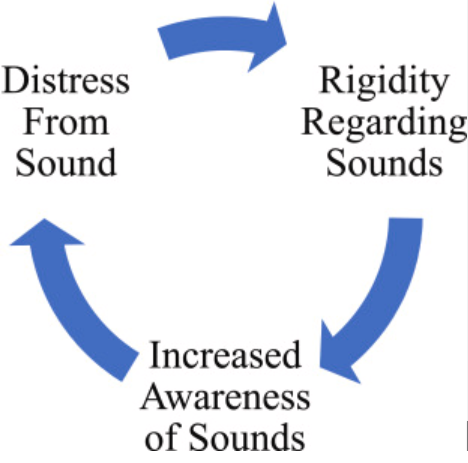
Misophonia creates a vicious cycle of avoidance and heightened sensitivity to sound. Learn why traditional coping methods fail and why misophonia seems to get worse with time. Discover how EASE therapy can break this cycle, offering lasting relief. Understand how misophonia affects the brain and find hope in overcoming sound triggers for a more peaceful life.

Learn about the self-perpetuating cycle of anxiety and OCD, where intrusive thoughts lead to compulsions that reinforce fear - keeping people trapped with their thoughts. Learn how why the OCD thoughts keep coming back. Exposure and Response Prevention (ERP) therapy disrupts this cycle by helping individuals face their anxiety without engaging in compulsive behaviors, offering effective relief and long-term management strategies for both anxiety and OCD.
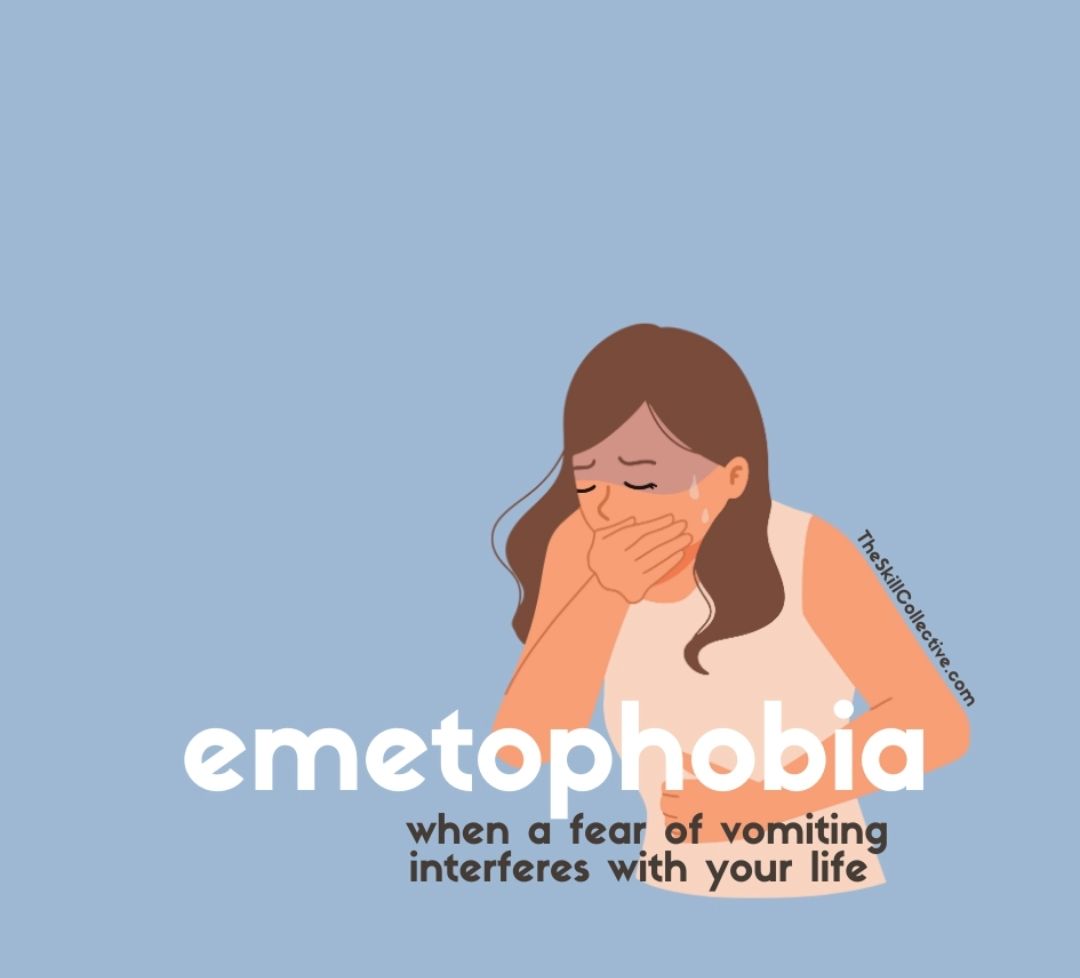
Learn about the link between emetophobia and OCD, including common symptoms and how Exposure and Response Prevention (ERP) therapy can be used to treat both. This structured approach helps individuals confront their fear of vomiting gradually, reducing anxiety and improving quality of life. Learn how therapy treatment for emetophobia works.
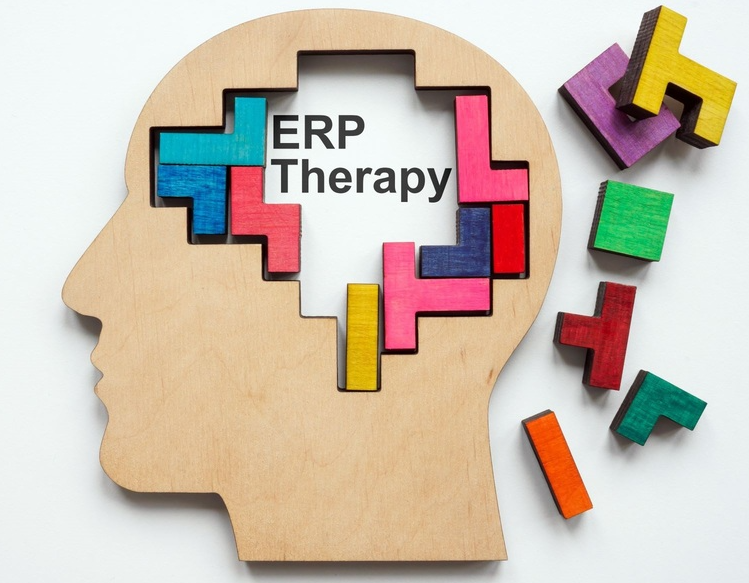
Discover how Exposure and Response Prevention (ERP) therapy can help you overcome OCD. Learn what ERP is, how it works, and why it's the gold standard treatment for reducing obsessive thoughts and compulsive behaviors. Find out if ERP will work for you and how motivation plays a key role in success. Start your journey to a life free from OCD with proven techniques that gradually reduce anxiety without compulsions.

